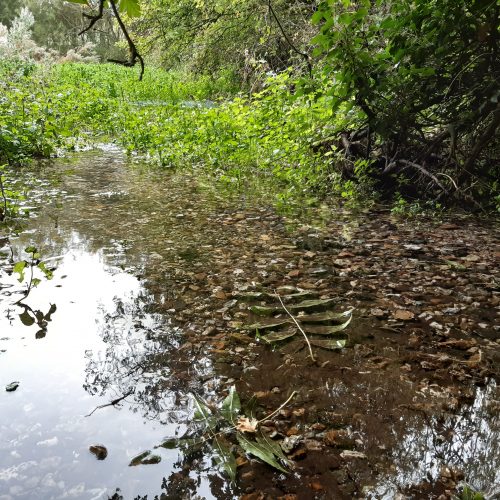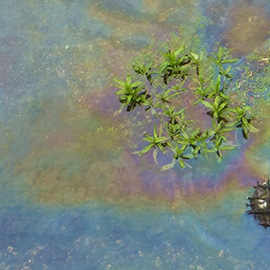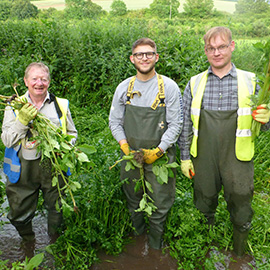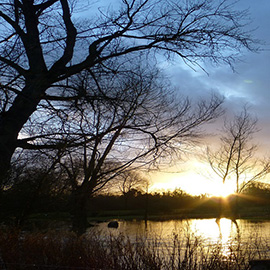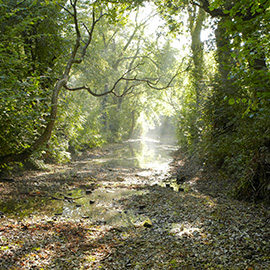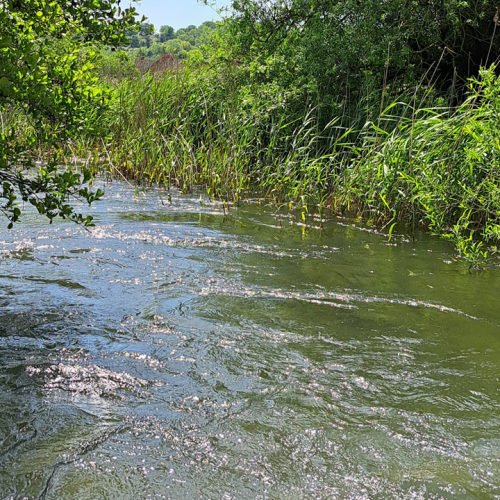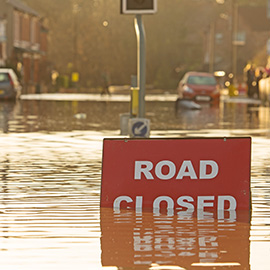The Thames is one of the most iconic rivers in the world and is 346 km long. It is the longest river entirely in England and the second longest in the UK
Its source is at Thames Head, near Kemble in the Cotswolds and its mouth is the Thames Estuary at Southend-on-Sea where it meets the North Sea.
The main tributaries of the River Thames are:
The Thames and its tributaries have many important floodplains and are home to a wide variety of wildlife. They are our water supply and a beautiful part of our landscape to enjoy. The many chalk streams that contribute to the Thames are rich with iconic species of native wildlife including otter, kingfisher and water vole (the River Kennet and Lambourn are SSSIs), but they are suffering due to many pressures; from urbanisation to invasive species. Rivers Trusts are working hard in many different ways to help combat these pressures.
Climate Change
The Thames and its tributaries, their wildlife and communities are facing the impacts of climate change...
Diffuse and Point Source Pollution
Diffuse pollution is the release of potential pollutants from a range of activities...
Invasive Non-Native Plant Species
Invasive non-native species (INNS) of plants have detrimental impacts through competition and habitat...
Invasive Non-Native Species
Once a non-native species has got into the food web it is very difficult to control and the impacts...
Natural Flood Management
Flooding is a natural part of the river cycle and is necessary to maintain wetlands...
Over Abstraction
Public water resources consist of reservoirs, aquifers (which supply 40% of the Thames River Basin...
Rainwater harvesting
Rainwater harvesting methods can be deployed at a range of scales to preserve our rivers and streams...
Unconnected Habitats
Over many years humans have put in multiple barriers to our rivers and streams, such a weirs...
Urbanisation
Urbanisation in concreted cities and towns has left rainfall with less places to slowly infiltrate...

